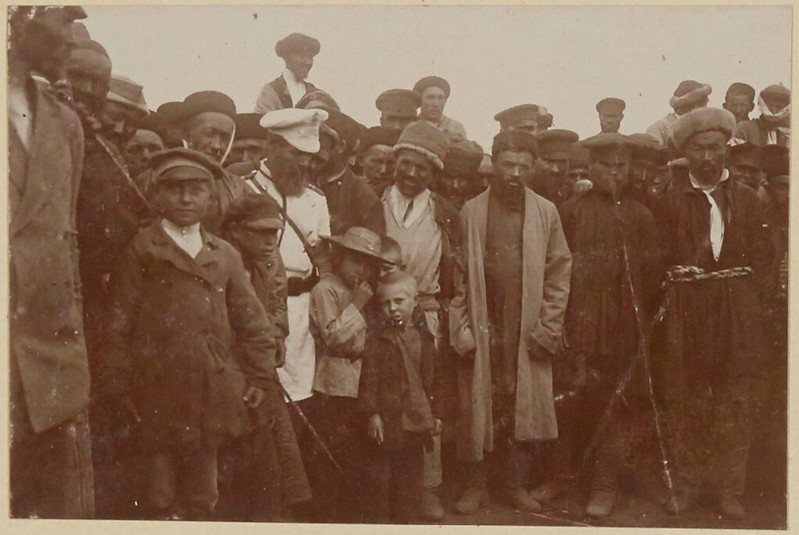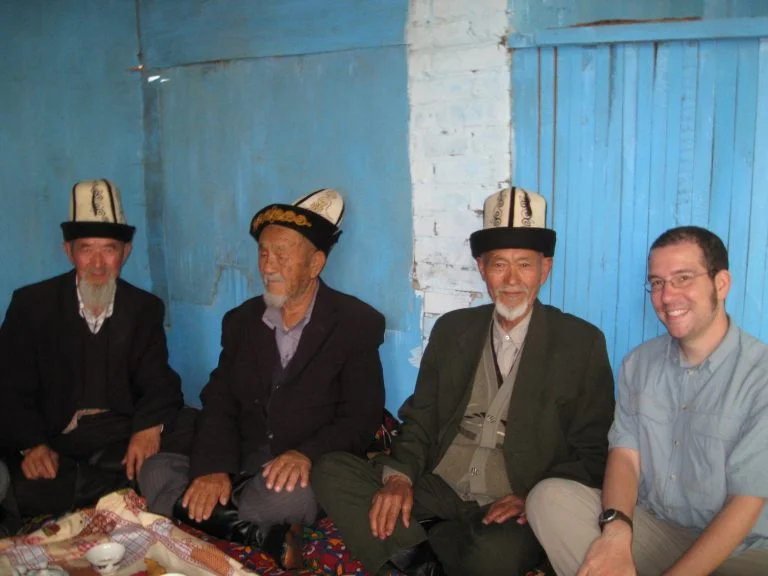History of Kyrgyzstan
History of Kyrgyzstan
Kyrgyzstan, a country in Central Asia, is rich in history and culture, shaped by its geographical location and the diverse influences of numerous peoples and empires. The history of this fascinating country stretches back thousands of years and includes a number of significant events and developments that have shaped the Kyrgyzstan of today.
Early history and nomadic cultures
The early inhabitants of Kyrgyzstan were nomads who lived in the vast steppes and mountains of Central Asia. Archaeological finds prove that the region was already inhabited in the Bronze Age (around 2000 BC). These early nomadic tribes developed a culture based on animal husbandry and horse breeding and left behind impressive petroglyphs and burial mounds.
In the 1st millennium BC, the nomadic tribes were increasingly influenced by the Scythians and later by the Huns, who passed through the region and established trade relations. According to historical sources, the Kyrgyz themselves are said to have originated from the Yenisei region in Siberia and migrated to Central Asia in the 6th century AD.
The time of the great empires
In the Middle Ages, Kyrgyzstan was an important part of the Silk Road, a trade route that connected China with the Mediterranean. This route not only brought trade, but also cultural exchange and mixing. The region was under the influence of various empires and peoples, including the Göktürks and the Uyghur Khaganate.
In the 9th century, the Kyrgyz founded their own empire, the Yenisei Kyrgyz Khanate, which extended over large parts of Central Asia. This empire did not last long, however, and in the 13th century the area came under the rule of the Mongol Empire, led by Genghis Khan. The Mongols brought with them a new wave of cultural and political changes that greatly influenced the lives of the nomads and settlers in the region.
Russian conquest and the Soviet era
In the 19th century, Kyrgyzstan became part of the Russian Empire. The Russian conquest began in the 1860s and led to a profound change in social and economic structures. During Russian rule, many nomads were settled and new administrative structures and infrastructures were introduced.
With the revolution of 1917 and the collapse of the Russian Empire, Kyrgyzstan became part of the Soviet Union. The Kyrgyz Soviet Socialist Republic was founded in 1936. During the Soviet era, Kyrgyzstan underwent rapid industrialization and collectivization, but this was also associated with considerable social and cultural upheaval. Soviet policies led to a strong Russification, and many Kyrgyz traditions and customs were forgotten.

Independence and modernity
Kyrgyzstan gained its independence with the collapse of the Soviet Union in 1991. The first years of independence were characterized by economic difficulties, political unrest and social challenges. Nevertheless, the country began to rediscover and strengthen its own national identity.
Since then, Kyrgyzstan has made significant progress towards democracy and a market economy, even if the path has not always been easy. Political upheavals, including two revolutions (2005 and 2010), have shaped the country and led to a continuous search for stability and reform.

Important sites and sights
Kyrgyzstan is not only rich in history, but also offers numerous historical sites and sights that reflect the country’s eventful past:
Burana TowerDating back to the 9th century, this tower is a remnant of the ancient city of Balasagun, an important stop on the Silk Road. The Burana Tower is now a popular tourist destination and offers impressive views of the surrounding countryside.
Tash Rabat: A historic caravanserai from the 15th century, located in the mountains of the Tian Shan. Tash Rabat once served as a shelter and resting place for traders and travelers on the Silk Road and is a fascinating example of medieval architecture.
Osh and Suleiman Mountain: Osh, the second largest city in Kyrgyzstan, is one of the oldest cities in Central Asia. Suleiman Mountain in Osh is a sacred place and has been declared a UNESCO World Heritage Site. The mountain is home to several ancient mosques and shrines.
Lake Issyk-Kul: This large, salty lake in the mountains of the Tian Shan is an important natural and cultural heritage site. Lake Issyk-Kul was an important center for trade and culture in ancient times and is a popular tourist destination today.
Bishkek: The capital of Kyrgyzstan, Bishkek, offers a mixture of Soviet architecture and modern facilities. Sights include Ala-Too Square, the historical museum and numerous parks and markets.
Cultural revival and modernity
In recent decades, Kyrgyzstan has experienced a cultural revival in which traditional music, dance, crafts and customs have regained importance. The Manas epic, the national heroic epic, plays a central role in Kyrgyz culture and identity. Traditional festivals such as Noruz and the Manas festival are once again celebrated with great enthusiasm.
Kyrgyzstan has also begun to develop its tourism potential by promoting its impressive natural landscapes and historical sites. Ecotourism, which supports sustainable and environmentally friendly travel, is becoming increasingly popular and offers visitors the opportunity to experience the country’s natural beauty and cultural treasures.
Destinations
Discover the most beautiful travel destinations in Kyrgyzstan
Info
Learn more about the country and its culture
Request
Discover the hospitality and culinary specialties.
© 2024 Kyrgyzstan Travel. Built using WordPress and OnePage Express Theme.